Camera manufacturers are gradually moving away from DSLR cameras in favor of lighter and more advanced mirrorless options. This shift has led many who cannot invest in the latest technology to explore the second-hand market as a more budget-friendly alternative.
This choice is quite sensible. Though DSLRs don’t have many of the advanced features found in today’s mirrorless cameras, the best beginner DSLRs have established themselves as reliable performers with excellent image quality. Purchasing them used allows new photographers to enhance their photography skills while staying on a budget.
As the camera market increasingly favors mirrorless designs, DSLRs are becoming a more affordable option for those looking to capture high-quality photos and videos without spending too much.
What makes DSLRs particularly appealing in terms of value? They have a more straightforward operation due to their optical viewfinders, rather than electronic ones. Some older models also feature simpler autofocus systems, which can be less advanced. However, DSLRs typically boast longer battery life since they don’t need to power electronic viewfinders or rear live view displays to the same degree.
If you’re interested in a new DSLR, be sure to check out our compilation of the best DSLR cameras. Beginners may also want to consult our guide on the best camera for beginners, as well. But if you’re searching for a great second-hand DSLR deal, you’re in the right spot. We’ll begin with some useful tips for purchasing a used camera. If you prefer to jump right to our recommendations, you can use the menu on the left to view our list sorted by price, starting with the most affordable options.
Buying a second-hand DSLR: quick tips
1. Check the shutter count
Just as you would inquire about the mileage on a used car, it’s important to check the shutter count on second-hand DSLRs. Each camera has an estimated lifespan measured in shutter counts—each count (or actuation) represents a photo taken with the camera. Why is the shutter count significant? A higher count indicates greater usage, leading to more wear and tear.

Most DSLRs generally reach between 150,000 to 300,000 shutter actuations (photos), with entry-level models often at the lower end and high-end models designed for heavy use at the higher end. Exceeding these counts raises the chances of needing costly repairs, which could be more expensive than purchasing a new camera. You can find a camera’s shutter count in its photo’s EXIF data—take a photo and upload it to a service like Myshuttercount, or use an app like ShutterCount for more compatibility.
2. Look for original packaging
Searching for a used DSLR that comes with its original packaging can be beneficial. Having the original box, instruction manual, and any bundled accessories often indicates that the camera has been well cared for, reducing the likelihood of issues down the line. Additionally, you won’t have to purchase those accessories separately, thus saving money and time.
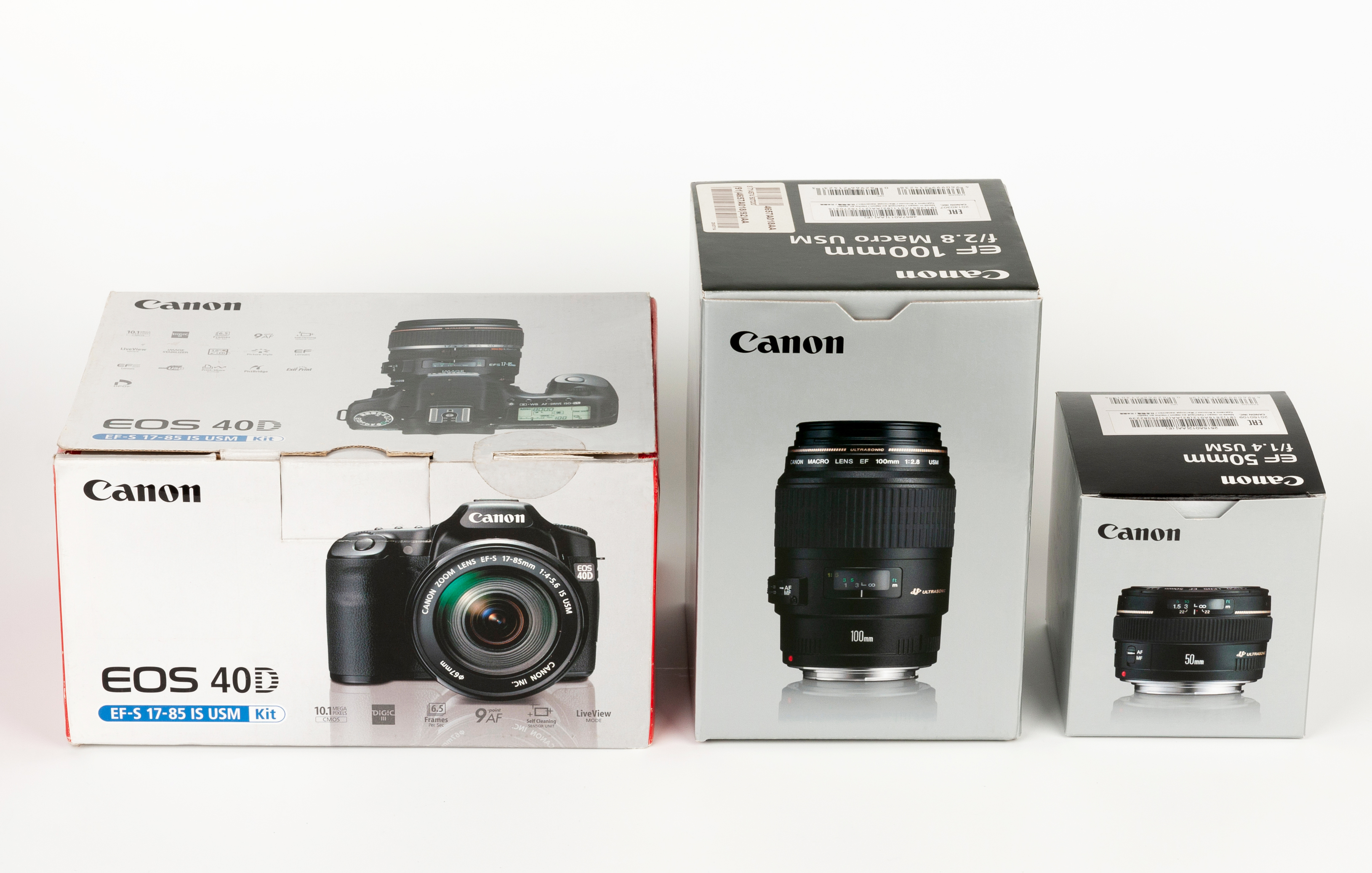
Furthermore, original packaging helps confirm that the camera was sold through reputable channels. Cameras imported from outside their intended market are often considered ‘grey imports’—these may be cheaper but usually lack warranty and support, making repairs challenging. It’s crucial to verify that you’re purchasing a legitimate product instead of a grey import by checking for original packaging and documentation.
3. Choose a reputable dealer
A quick online search will show that second-hand DSLRs from private sellers tend to be cheaper than those from dealers who trade in camera gear. But why is there a difference, and does it matter?
The phrase ‘buyer beware’ applies more to private sellers, as they face fewer requirements when selling their cameras. If a camera breaks soon after purchase, legal options for recourse may be limited.

In contrast, dealers typically offer limited warranties with their second-hand cameras, clean and service the equipment upon acquisition, and check to ensure they are functioning correctly.
Sure, here’s a revised and simplified version of the provided HTML content:
It’s important to check for any errors or issues with your purchase. If something doesn’t work right, you have a better chance of returning it, requesting a repair, or getting help through phone or email support.
Look into retailers like MPB, Adorama, and BHPhoto. If you’re buying from eBay, make sure to review the seller’s history and feedback.
4. Think about lens options
When you’re looking at used DSLRs, it can be tempting to focus only on the camera body and overlook lens choices. However, lenses are crucial as they provide various shooting options.
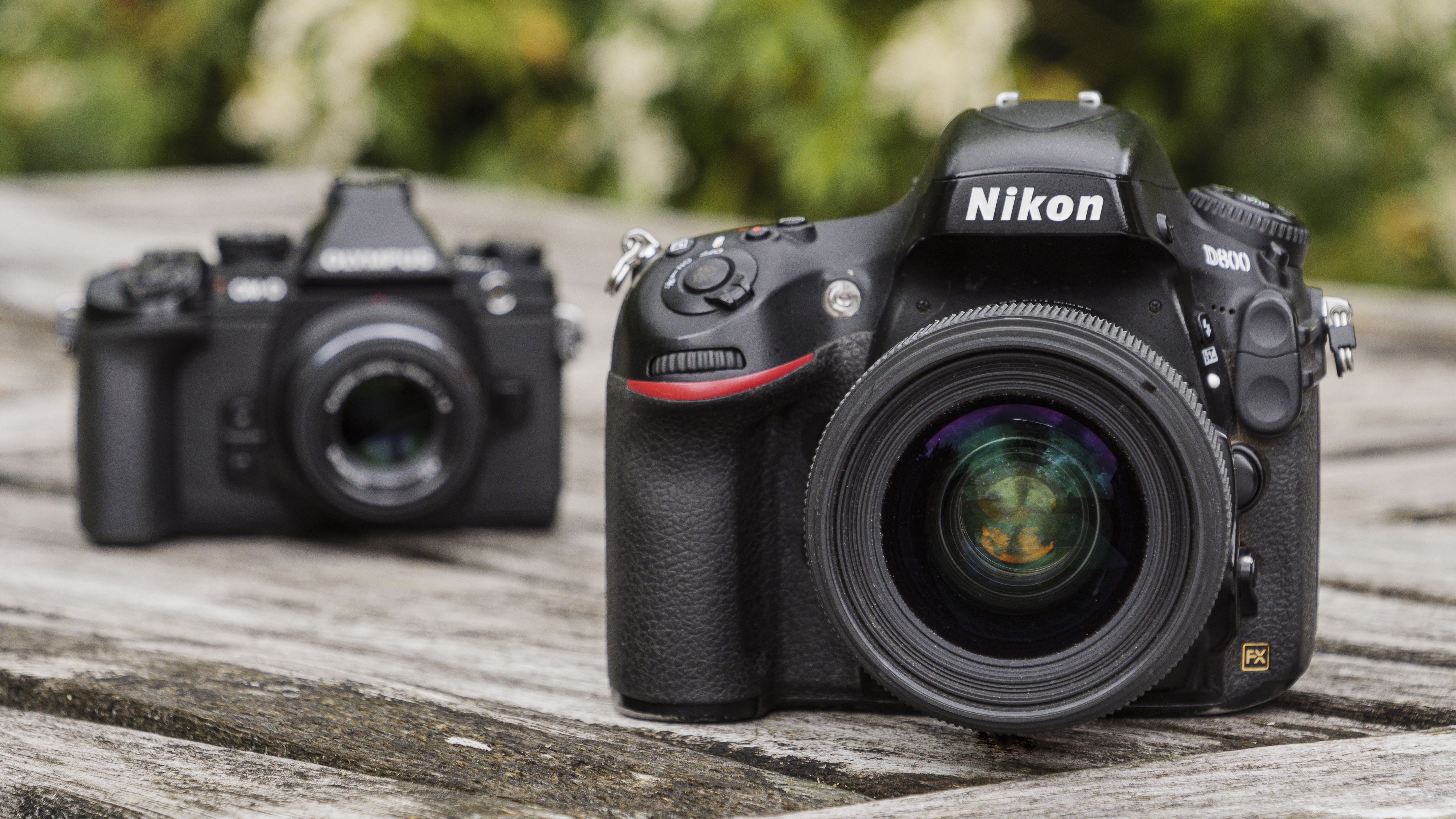
If you’re considering an APS-C crop sensor camera for astrophotography, ensure it works with wide-angle lenses that have fast apertures. For sports photography, you’ll want a camera compatible with longer telephoto lenses.
Keep in mind that older DSLRs may lack compatibility with newer lenses, and even if a lens fits, functions like exposure control and autofocus might not work properly. So, verify the lens compatibility for your camera before making a purchase.
5. Stick to trusted brands
While it’s understandable to look for second-hand gear to save money, be cautious of third-party brands that claim to offer similar quality as well-known brands at much lower prices.
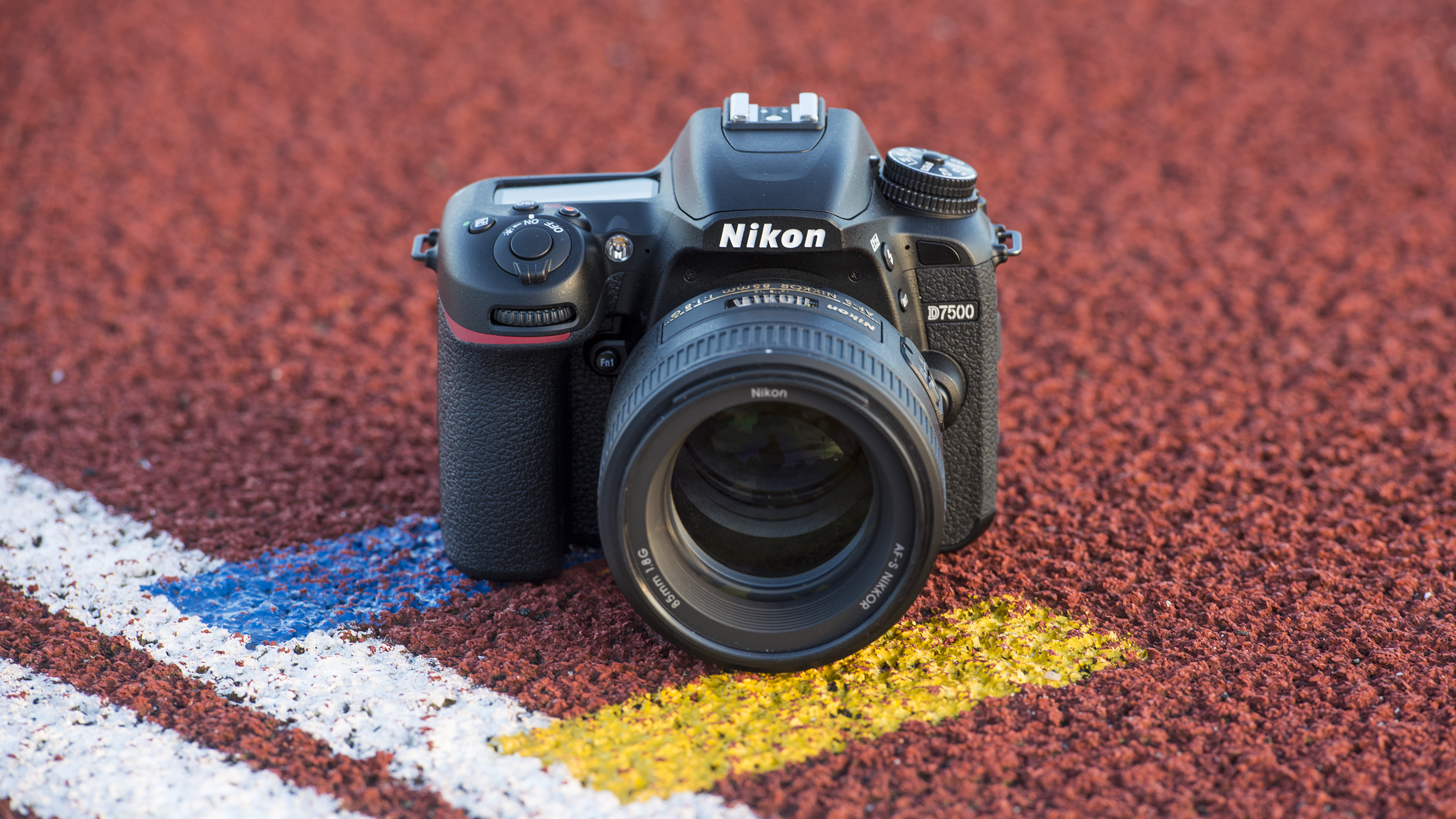
Price differences often reflect the quality and durability of the camera. Aim for recognized brands like Canon, Nikon, Fujifilm, or Sony, which are known for their high-quality DSLRs. A good kit lens and a reliable SD card are all you need to start taking photos.
Top Used DSLRs for Beginners
Nikon D3500 (2018)
- Typical second-hand price ($490 / £350 / AU$680)
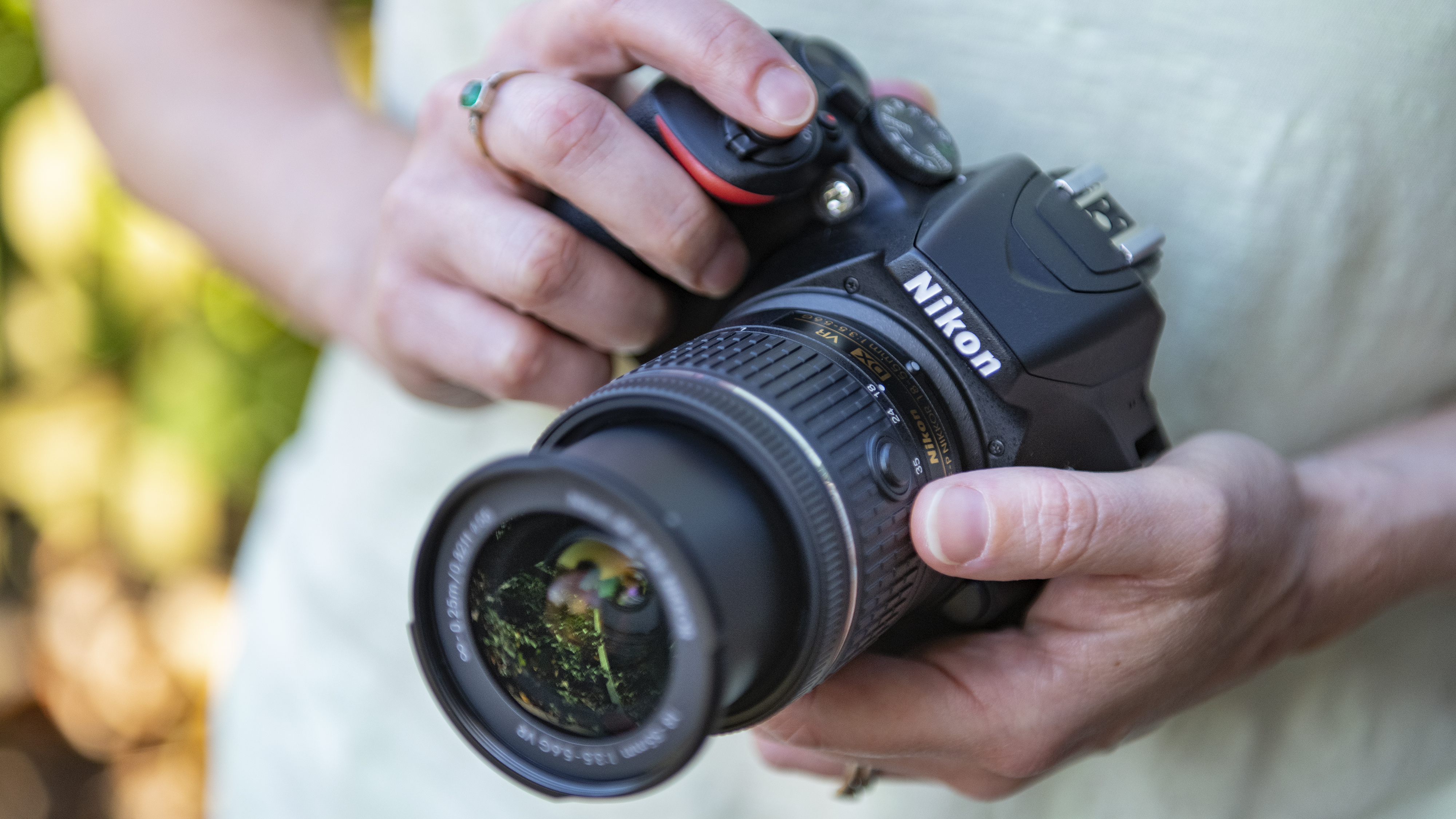
The Nikon D3500 is a great choice for beginners due to its affordability and useful features. With a battery life of 1,550 shots, it’s reliable. It also includes a Guide mode to help you learn without needing to sift through a complicated manual.
Its comfortable grip makes it easy to operate, even for those with smaller hands, and it supports a variety of lenses for different photography styles. Although it shoots 1080p video, and has a fixed 3-inch display, it provides enough auto-focusing capabilities for beginners.
The camera’s Bluetooth enables connection with smart devices for easy file transfers using Nikon’s SnapBridge. It features Low Energy Bluetooth, ensuring a constant connection for automatic transfers.
Nikon D5600 (2016)
- Typical second-hand price ($600 / £450 / AU$700)
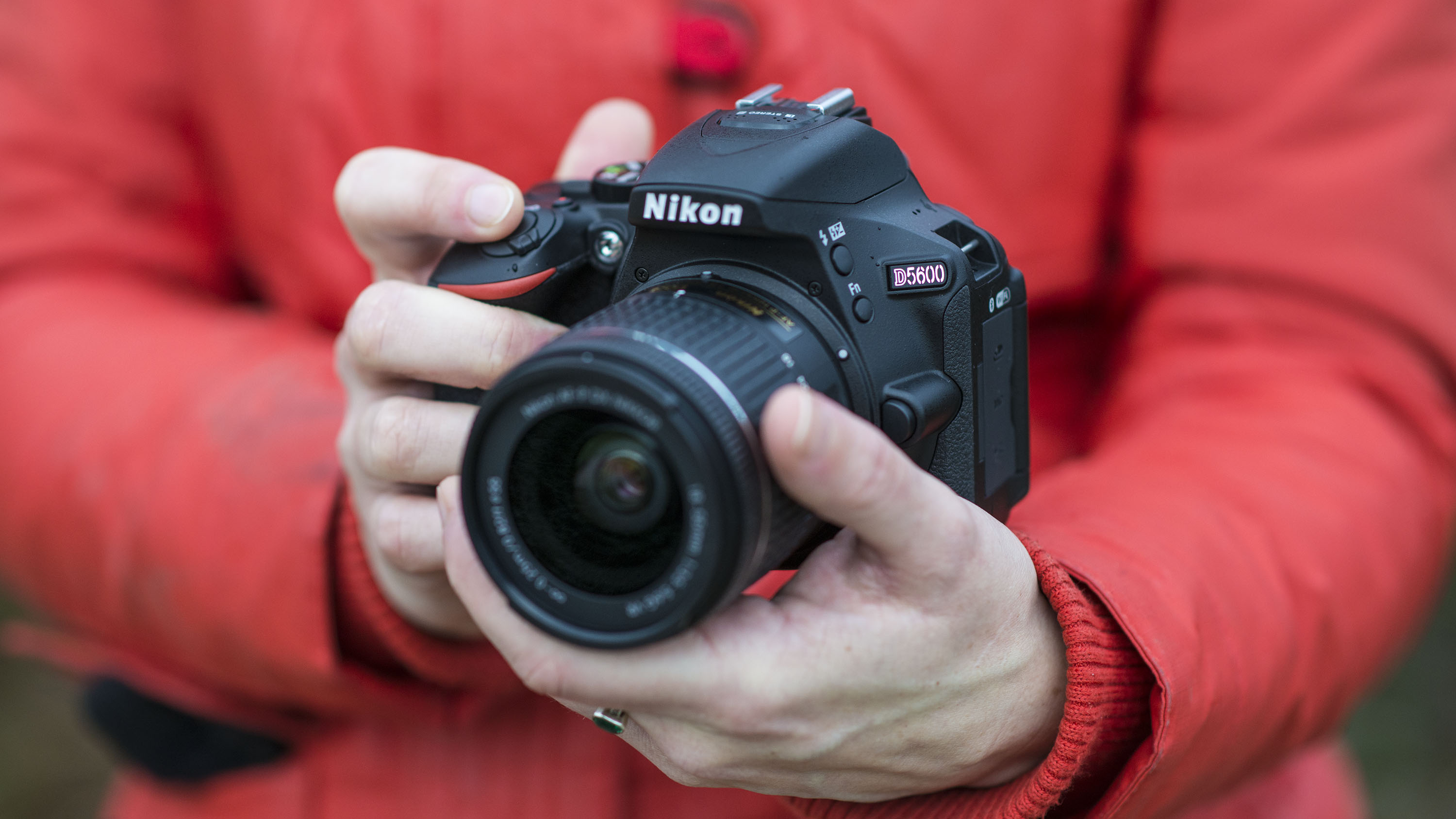
The Nikon D5600 is another excellent entry-level DSLR that combines ease of use with features that allow for growth. Its 24.2MP APS-C sensor and articulating touchscreen are great for various shooting styles, though it can only record 1080p video.
While lightweight at 465g and easy to carry, the camera is built from durable polycarbonate, ensuring reliability.
Canon EOS Rebel SL3 / 250D
- Typical second-hand price ($650 / £500 / AU$750)
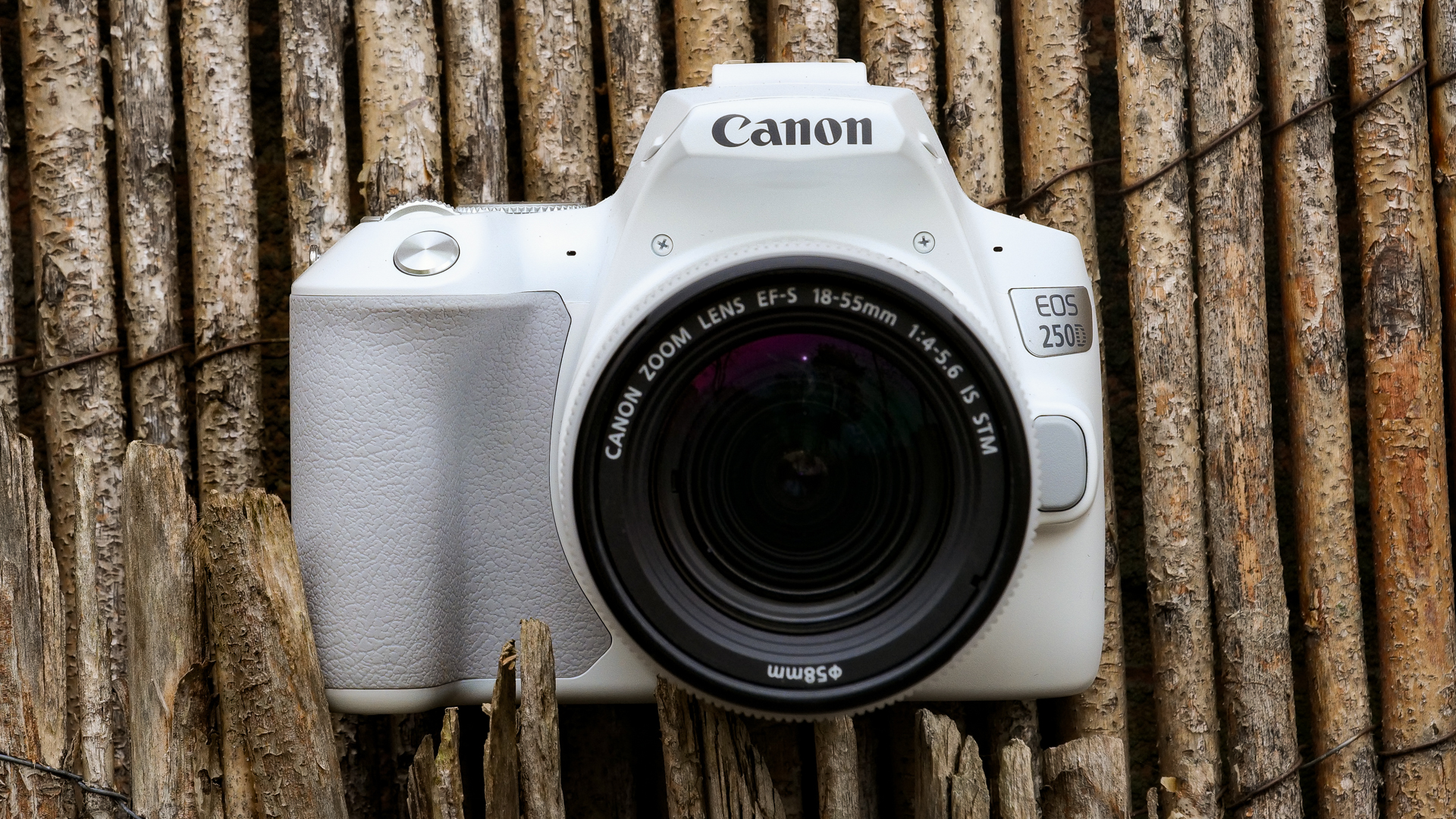
This rewritten text maintains the content of the original article while simplifying the language for clarity and ease of understanding.
At just 449g, the world’s lightest DSLR stands out not just for its weight, but also for its attractive design characterized by broad features and a compact build. The deep grip is comfortable for both adults and children. Plus, it includes a vari-angle touchscreen, making it easier to adjust camera settings.
Similar to the Nikon D3500, the EOS Rebel SL3 (referred to as the 250D outside the US) offers a Guided UI mode that simplifies menu navigation with clear language and icons. There’s also a Creative Assist mode that allows photographers to apply in-camera visual effects like grainy black-and-white, fish-eye, and soft focus. This is particularly useful for beginners who wish to focus on taking photos instead of juggling image editing skills.
While it has only a 9-point autofocusing system, all points use phase-detection technology, enhancing accuracy. Standard features include Wi-Fi and Bluetooth for remote operation and file transfer, along with an expandable ISO sensitivity range from 25,600 to 51,200 for shooting in low-light conditions.
Canon EOS 80D (2016)
- Typical second-hand price ($600 / £570 / AU$850)
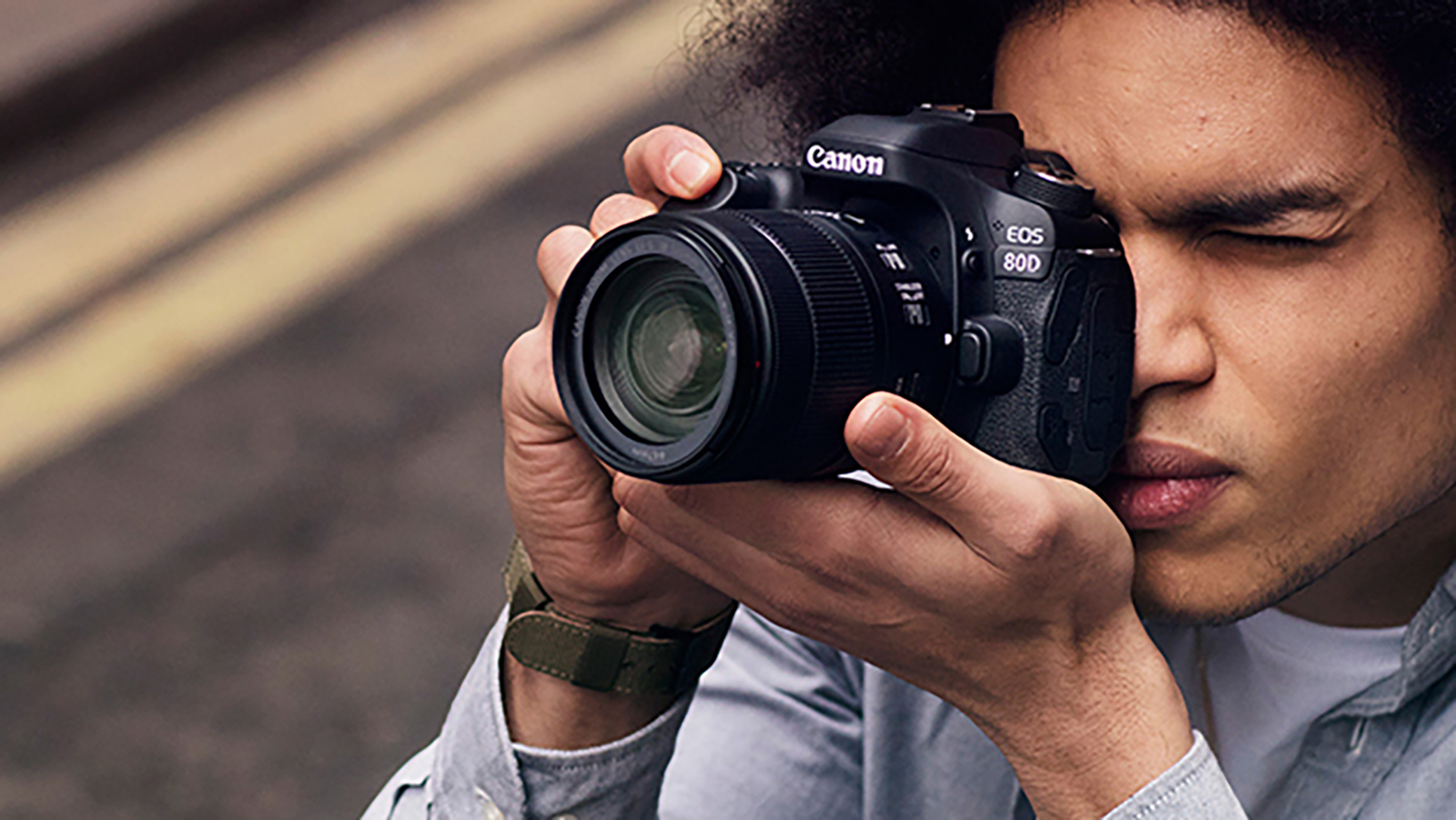
Similar to the more budget-friendly 750D and 760D models, the Canon EOS 80D captures 24MP images. What sets the 80D apart is its Dual Pixel CMOS AF sensor, which significantly enhances autofocusing capabilities, alongside an advanced metering system that helps track moving subjects.
While it excels in still photography, videographers who need 4K recording may need to look elsewhere, as it only records in 1080p. However, it operates at 50fps, allowing for smooth, slow-motion editing.
A standout feature of the 80D is its built-in Wi-Fi and NFC, making it easy to trigger the camera and transfer images wirelessly, eliminating the need for a remote shutter release. Its burst speed of 7fps is the same as its predecessor, the 70D, but with a larger buffer, allowing for up to 110 JPEGs or 25 raw files in continuous shooting.
Nikon D750 (2014)
- Typical second-hand price ($700 / £600 / AU$1600)
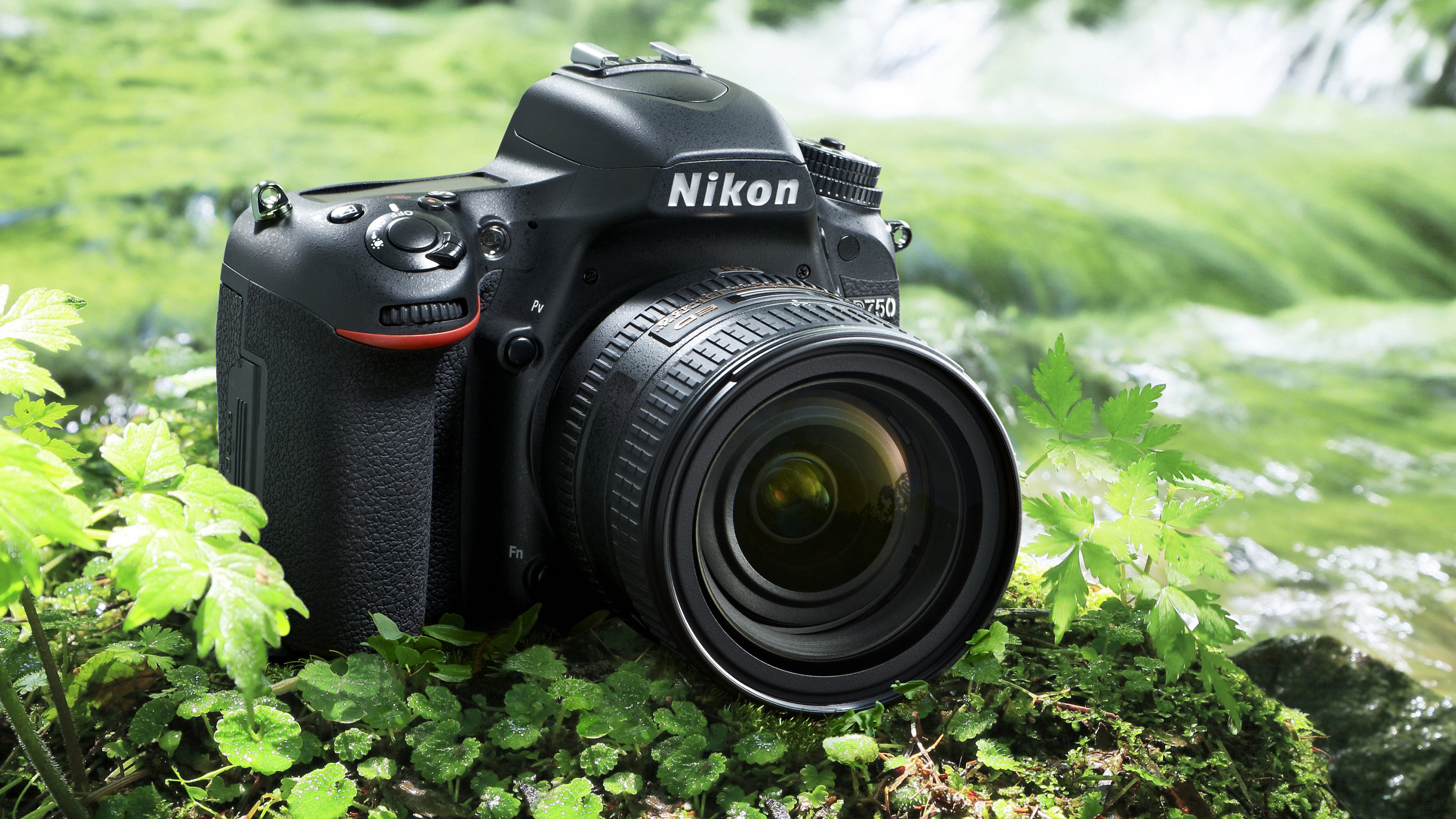
The Nikon D750 is an excellent all-around camera, ideal for events like weddings and even astrophotography. It bridges the gap between entry-level models and Nikon’s professional lineup, making it an ideal choice for beginners looking to take photography seriously.
Even after eight years, the D750 remains competitive in image quality. It handles high ISO noise well, maintaining consistent grain throughout, from highlights to shadows. When paired with fast Nikon f-mount lenses, it adapts to various shooting scenarios seamlessly.
It’s particularly adept at photographing dark skies, outperforming larger models like the D810 and D850 in low-light conditions, and it works well in dimly lit settings like churches during weddings. With a resolution of 24.3MP, it suits most needs, but videographers should note it offers only 1080/50p video recording.
Alternatively…
While DSLRs provide excellent value for money, some photographers might find that the compact size and modern features of top mirrorless cameras offer a better option. If that sounds like you, consider this second-hand mirrorless camera…
Olympus OM-D E-M1 Mark III (2020)
- Typical second-hand price ($1,100 / £1,000 / AU$2,400)
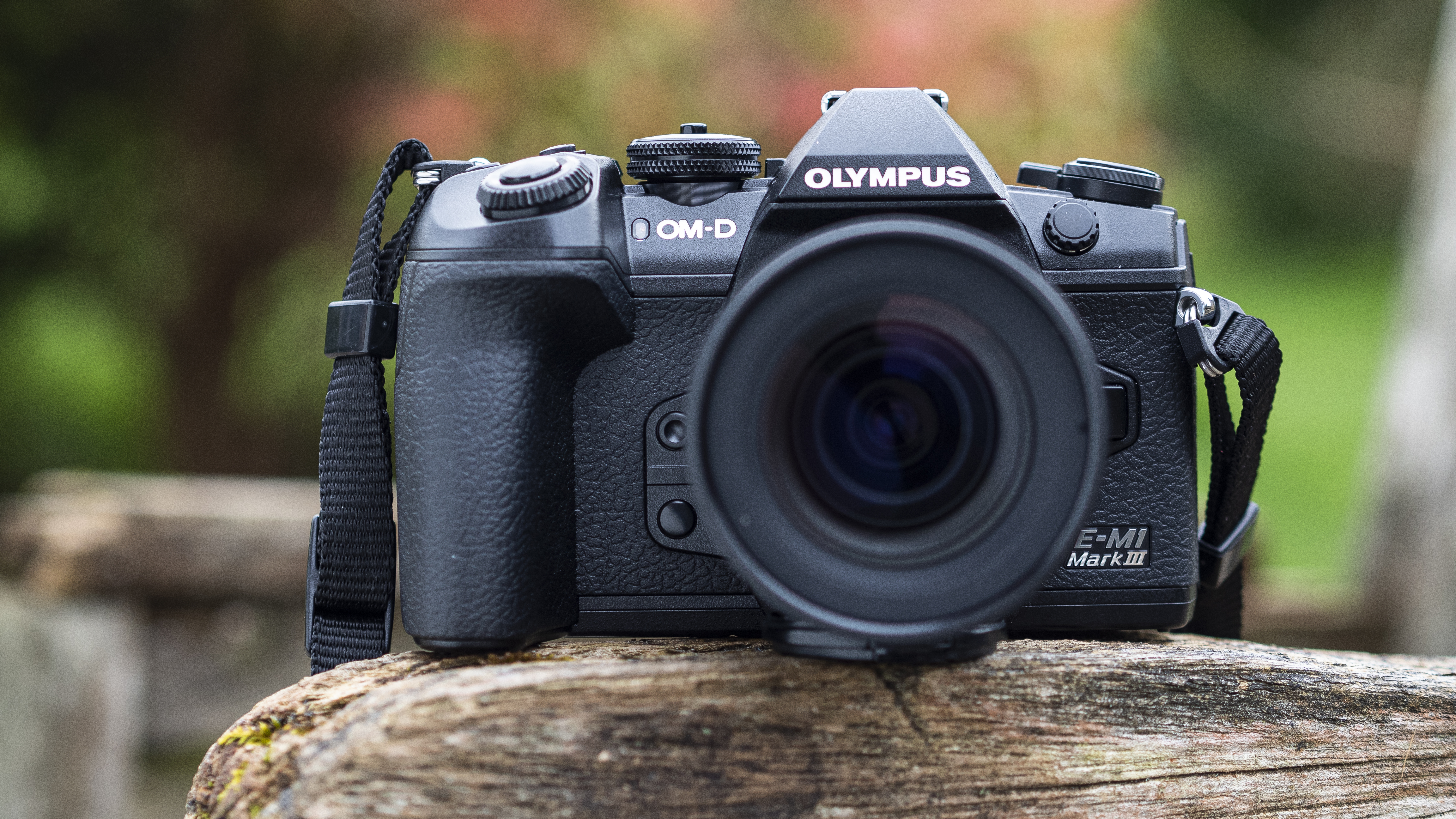
The OM-D E-M1 Mark III is a compact Micro Four Thirds camera that rivals larger DSLRs. Constructed with a durable magnesium-alloy body and weather-sealed to prevent dust and moisture, it’s designed for both professionals and enthusiasts. Olympus claims it can handle up to 400,000 shutter activations, so even if you find a second-hand model with significant use, it’s likely still in great shape.
Featuring an articulated screen and a joystick for adjusting autofocus, the camera is user-friendly. The impressive 7.5 stops of in-body image stabilization (IBIS) work wonders for handheld shooting, reducing reliance on tripods—ideal for novice photographers.


